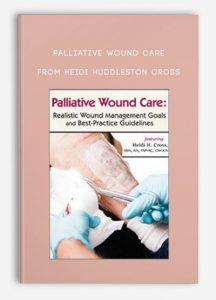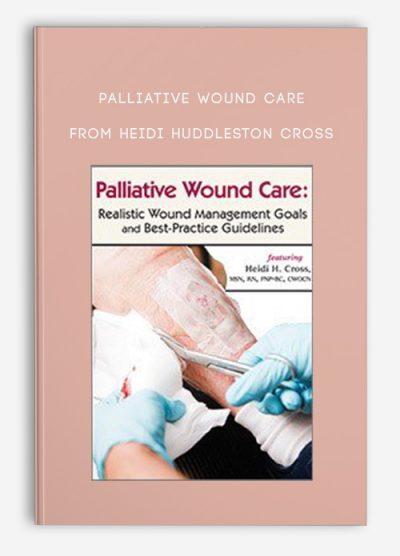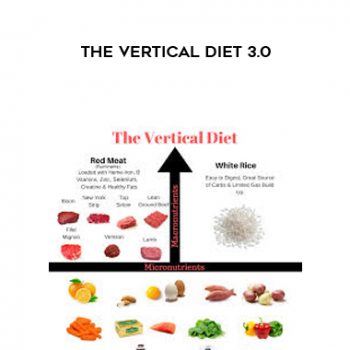 Palliative Wound Care from Heidi Huddleston Cross
Palliative Wound Care from Heidi Huddleston Cross
More information about Medical:
Medicine is the science and practice of establishing the diagnosis, prognosis, treatment, and prevention of disease.
Medicine encompasses a variety of health care practices evolved to maintain and restore health by the prevention and treatment of illness.
Contemporary medicine applies biomedical sciences, biomedical research, genetics, and medical technology to diagnose, treat, and prevent injury and disease,
typically through pharmaceuticals or surgery, but also through therapies as diverse as psychotherapy, external splints and traction, medical devices, biologics, and ionizing radiation, amongst others.
Medicine has been around for thousands of years, during most of which it was an art (an area of skill and knowledge) frequently having connections to the religious and
philosophical beliefs of local culture. For example, a medicine man would apply herbs and say prayers for healing, or an ancient philosopher and physician would apply bloodletting according to the theories of humorism.
In recent centuries, since the advent of modern science, most medicine has become a combination of art and science (both basic and applied, under the umbrella of medical science).
While stitching technique for sutures is an art learned through practice, the knowledge of what happens at the cellular and molecular level in the tissues being stitched arises through science.
Description:
This is part of a 2-part series. Click here to save $10 when you buy both!
Relieving symptoms related to wounds at the end of life is often overwhelming and challenging. Palliative wound care incorporates goal setting, complex symptom management, and patient and caregiver education. Maintaining the patient’s dignity and the highest quality of life is essential when caring for these patients. This information-packed webcast will enhance your palliative wound care skills, and leave you feeling confident in developing an effective wound care plan to manage these complex wounds.
Heidi H. Cross will share her passion and extensive experience in the field of caring for very fragile patients in the hospice and palliative care settings. She will share techniques to best manage symptoms related to the wound such as pain, odor, exudate containment, and bleeding while preserving the patient’s dignity and quality of life. Don’t miss this opportunity to become the palliative wound care expert in your facility, and make a difference in the patients in your care.
OUTLINE
Palliative Wound Assessment Considerations
- Holistic Approach to Assessment
- Risk Assessment
- Pressure Sore Risk
- Hospice Pressure Ulcer Risk
- Skin Failure Risk
- Pain Assessment
- Nociceptive vs Neuropathic Pain
- Wong Baker Pain Scale
- Non-verbal Pain Indicators
Common Types of Wounds in Palliative Care
- Pressure Ulcers
- Malignant Wounds (Fungating Tumors)
- Arterial Ulcers
- Kennedy Terminal Ulcers
Avoidable vs. Unavoidable Pressure Ulcers
- WOCN Position Paper
- F-Tag 314
- SCALE
Wound Management Goals & Strategies in Palliative Care
- Pain Reduction Topically and Orally
- Moist Wound Healing
- Odor & Infection Control
- Dressing & Product Optimization
- Wound Debridement
- Bleeding
- Other Handy Tips
Communication and Documentation Musts
OBJECTIVES
- Communicate three risk considerations for palliative wounds
- Describe topical and oral pain management
- Investigate avoidable vs. unavoidable wounds, and list steps a facility must take as related to F-Tag 314.
- Connect common palliative wounds to best-practice management techniques.













tristian –
This is Digital Download service, the course is available at Coursecui.com and Email download delivery.